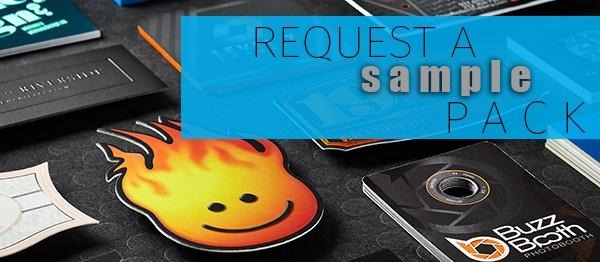The ultimate goal of fashion marketing is to drive awareness and ultimately get products to sell. To make sure this happens, companies employ a variety of strategies that encompass both traditional and online methods.
The simplicity and popularity of the internet have made online fashion marketing the priority for many fashion designers and retailers since it provides plenty of opportunities to engage directly with the customer and use things like video and images to make the sale. With this explosion of connectivity, though, traditional marketing still remains just as useful and important as ever to build a brand.
The History of Fashion Marketing
In the earliest days of fashion, merchandise would be set out in the bazaar or the marketplace for everyone to see. That same concept has carried over into the present day in the department stores and other specialty brick-and-mortar shops. These approaches don’t consider the customer much at all; instead all of the focus gets placed on the item to be sold and whether it is enticing enough to make a sale.
How the Internet Changed Fashion Marketing
In recent times, though, the focus has shifted from the item and onto the customer who’s going to buy it. The rise of e-commerce pushed consumers out of the stores and into the comfort of their own homes, and for this reason, fashon marketing must try a little harder.
The Age of Amazon
We currently live in an age of technology where the click of a button can immediately trigger a sale across the country and get the product into the hands of the consumer within a couple days. The convenience of being able to shop from home and have everything shipped to you can’t be argued with. This has led many retailers to augment their brick-and-mortar stores with online ones just to keep up with how Amazon has changed the industry.
Back in the day, fashion was all about name brands and glamor magazines. However, with the prevalence of online shopping, a larger variety can be seen, which means less focus is placed on product and more focus is based on attracting consumers. Because of this, independent artisans can even be successful, especially with how Etsy has helped many become successful through selling their craft.
Fashion Marketing with a Buyer Focus
The thinking behind online fashion marketing is to figure out the desires of the customer and then tailor the advertising messaging to those desires in order to meet the customers’ needs. This results in marketing that portray products that are seemingly perfect for that individual.
Successful targeting uses data mining, surveys, and focus groups to figure out just what customers wanted. Current inventory would then be tracked to see if there were any correlations, and future garments would be made specifically to capitalize on these shifting tastes in fashion.
Fashion Marketing Strategies
So how do you bridge all of this information to grow a successful product line? It’s important to craft an actual marketing strategy so that you can be more effective when reaching out to potential consumers.
1. Utilize Social Media
Where retailers used to spend millions on television ads, they can now write Facebook posts and tweets for free. This is especially important for startup designers to consider as work of mouth is a potent method of marketing when the product is worthy of buzz.
2. Know Your Audience
When it comes to marketing your clothing, you can’t go wrong with targeted focus groups and surveys. You can then augment this with clever/humorous tweets and stunning Instagram photos that show off the beauty of your pieces.
3. Partner With Bloggers
You can target popular fashion bloggers and offer to send them items for free in return for a review on their site. This can increase brand awareness and give your own social media and website efforts a boost from the interest of their audience. You can combine all of these methods with a Facebook post that features video or images.
4. Make Your Brand Connect
Keep in mind, though, that although much of fashion marketing can be achieved online, print advertising and other marketing methods are still just as successful as is approaching local retailers and boutiques. Your product is not an intangible megapixel; real, concrete fabric will be in the hands of customers, so the packaging matters. Reinforce your identity with brand-focused hang tags. If you choose high-quality materials, the buyer will feel almost guilty about throwing them away, and your impressive brand will stick in their mind the next time they choose to shop.
The options are numerous when it comes to fashion marketing, and you can’t go wrong with any of them. When you’re ready to start a marketing campaign, choose SilkCards to handle all of your printed promotional materials and hang tags.


